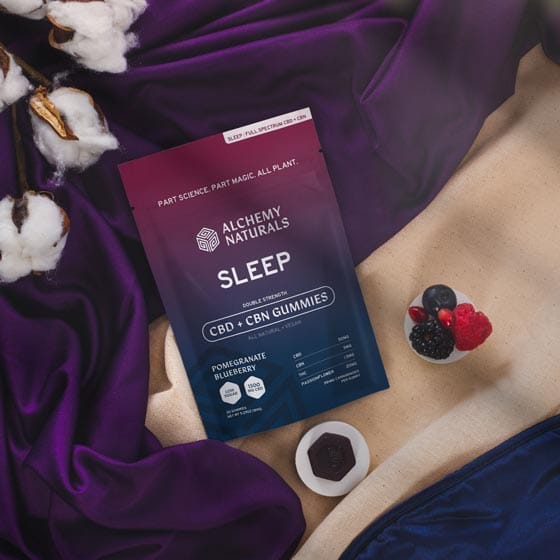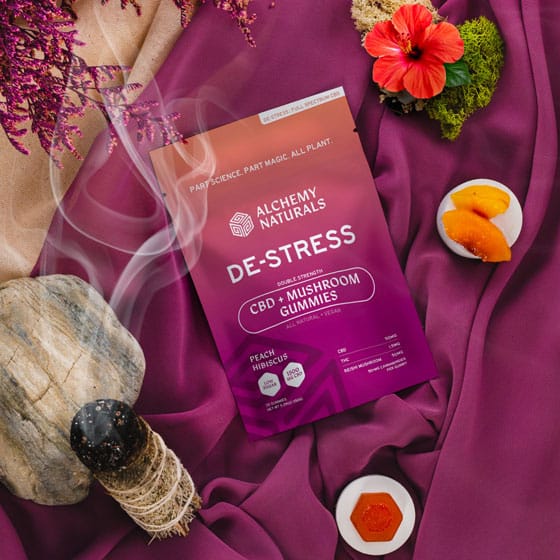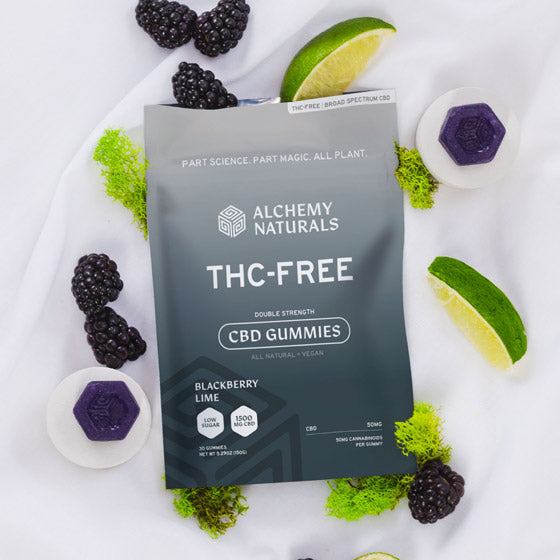As we look deeper at the Cannabis plant, we know that there are all these phytocannabinoids within the plant that affect us, like CBD and THC as well as others. The endocannabinoid system is what interacts with cannabinoids – as well as makes our own endocannabinoids (didn’t know that? Get caught up here).
Now there’s another layer to think about that cannabis you’re enjoying: Terpenes. Terpenes the chemical compounds that create color, smell, and taste in plants. Terpenes have aromatherapy and mood-altering properties as well. In short, terpenes affect how we feel and how cannabinoids affect us.
Know what it’s like to walk into a dispensary or taste the “weed-y” taste from an edible? That’s the terpenes at work!
What are terpenes?
Terpenes within the context of the plant are how the plant repels predators and attracts pollinators. The tools plants can use for this are taste, smell, and color. So it makes sense that terpenes create color (the bright red of a strawberry), taste (the tart-sweet citrus taste of an orange) and smell (the relaxing whiff of lavender).
Many terpenes are already used as topical skincare products, perfumes, and flavorings because they are generally considered as safe. And, hey, they are pretty awesome to experience!
How are the effects of CBD are changed by terpenes?
Terpenes and cannabinoids work together (ah-ha! The Entourage Effect!) to produce specific effects on the human body. And, when heated, they combine to form a chain of reactions that also may direct how your body responds to cannabinoids.
Terpenes are present in both THC and CBD products, however, Full-Spectrum products will have a wider variety of terpenes.
Something to keep in mind is that while the cannabis plant itself contains more than 200 terpenes, most of the products on the shelf contain only a handful of terpenes. The terpenes present affect the chemical reaction happening when you consume cannabis and the added tertiary effects on your mood and mind.
Here are some (pretty cool) terpenes you should know about:
Myrcene: Earthy aroma, sedating and relaxing, anti-inflammatory and anticarcinogenic. Ever notice how some varieties of hops and marijuana smell the same? They share this terpene!
Pinene (alpha-pinene and beta-pinene): You guessed it – it smells like pine. This terpene is good for energy, alertness, and also antiseptic. Rosemary, pine trees and sage all have this terpene. Also relieves symptoms of asthma.
Beta-Caryophyllene: Peppery, woodsy, and spicy, this terpene binds directly to the CB2 receptors (aka, immune system) similarly to a cannabinoid (link to What is the Endocannabinoid system). Also found in black pepper, hops, rosemary and oregano (which makes sense, when you think about it.)
Limonene: The scent is in the name here again! Yes, this terpene is the citrusy one and also found in lemons and juniper. It provides stress relief, and an elevated mood. This terpene actually helps with the absorption of other terpenes both through the nose and mouth (mucous membranes) and through the skin (transdermally). So we don’t know which is better, the scent of this one, or how it actually works!
Linalool: Also found in lavender (cue the aaahhhh). It’s floral, citrusy, and acts as an antidepressant and sedative. This terpene also provides immune system support.
Terpenes are pretty cool, right? One thing is for sure, we’re all looking at lemons and pine trees in a whole new light. Find our products here and enjoy all the ways cannabis can smell – and taste – really good.









